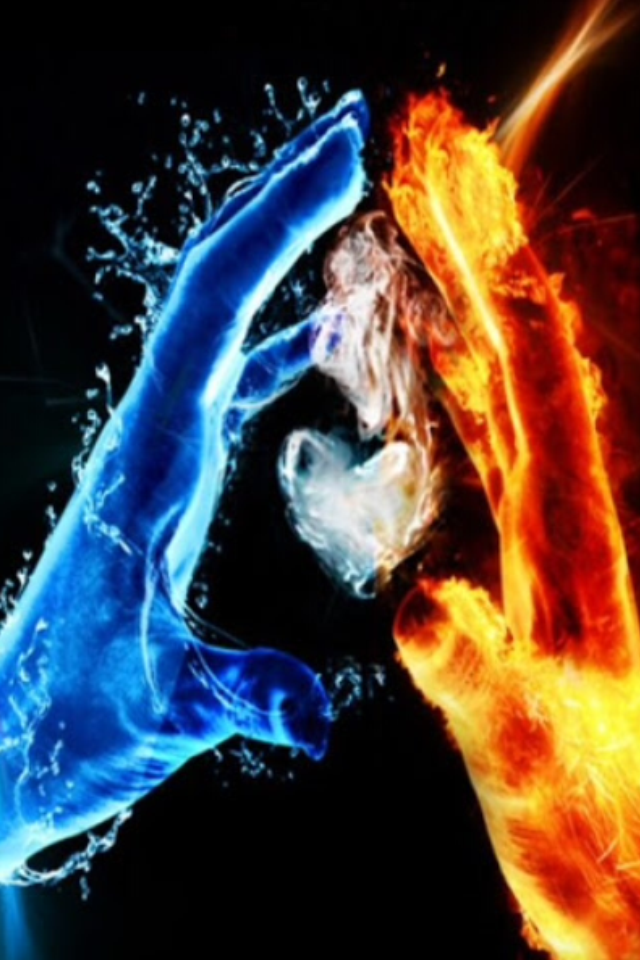Principles and Rhythm
+ Contrast
By: Natasha Moon
+ Contrast
By: Natasha Moon
The Principles of Art are basically the rules that artist use to organize the elements of art. The Principles of Art consist of: Rhythm, Movement, Balance, Proportion, Variety, Emphasis, Harmony and Unity. Artists use these principles to help accomplish the image they have in mind for their artwork, using each of the rules and elements along the way. For example, if an artist decided to create a painting of the sea, they would have to think of the contrasting colours, the movement of the water, and how everything would look together in their head.
Rhythm is the principle of art that shows the movement by repeating of elements. Most people believe that rhythm is usually a term used for dance or music, however their is also visual rhythm. Visual Rhythm is recognized through the use of our eyes and is produced by repeating positive spaces with negative spaces. An example of this is Vincent-Van-Gogh's Starry Night, where he repeats one style of art without using any other kinds of styles.
Rhythm is the principle of art that shows the movement by repeating of elements. Most people believe that rhythm is usually a term used for dance or music, however their is also visual rhythm. Visual Rhythm is recognized through the use of our eyes and is produced by repeating positive spaces with negative spaces. An example of this is Vincent-Van-Gogh's Starry Night, where he repeats one style of art without using any other kinds of styles.
Contrast is a technique were the artist creates the focal point of a painting by using the different elements in art.




